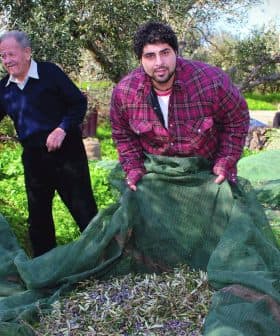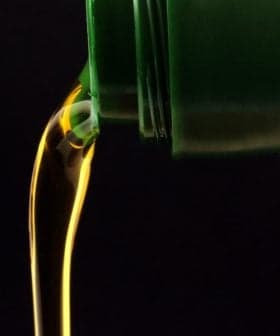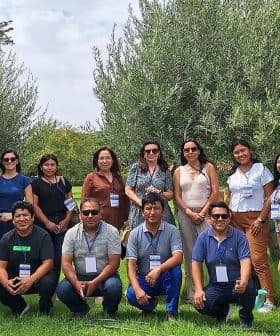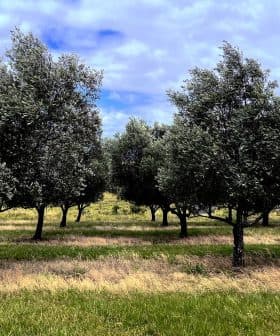Why Olive Oil Prices Are Higher in Croatia
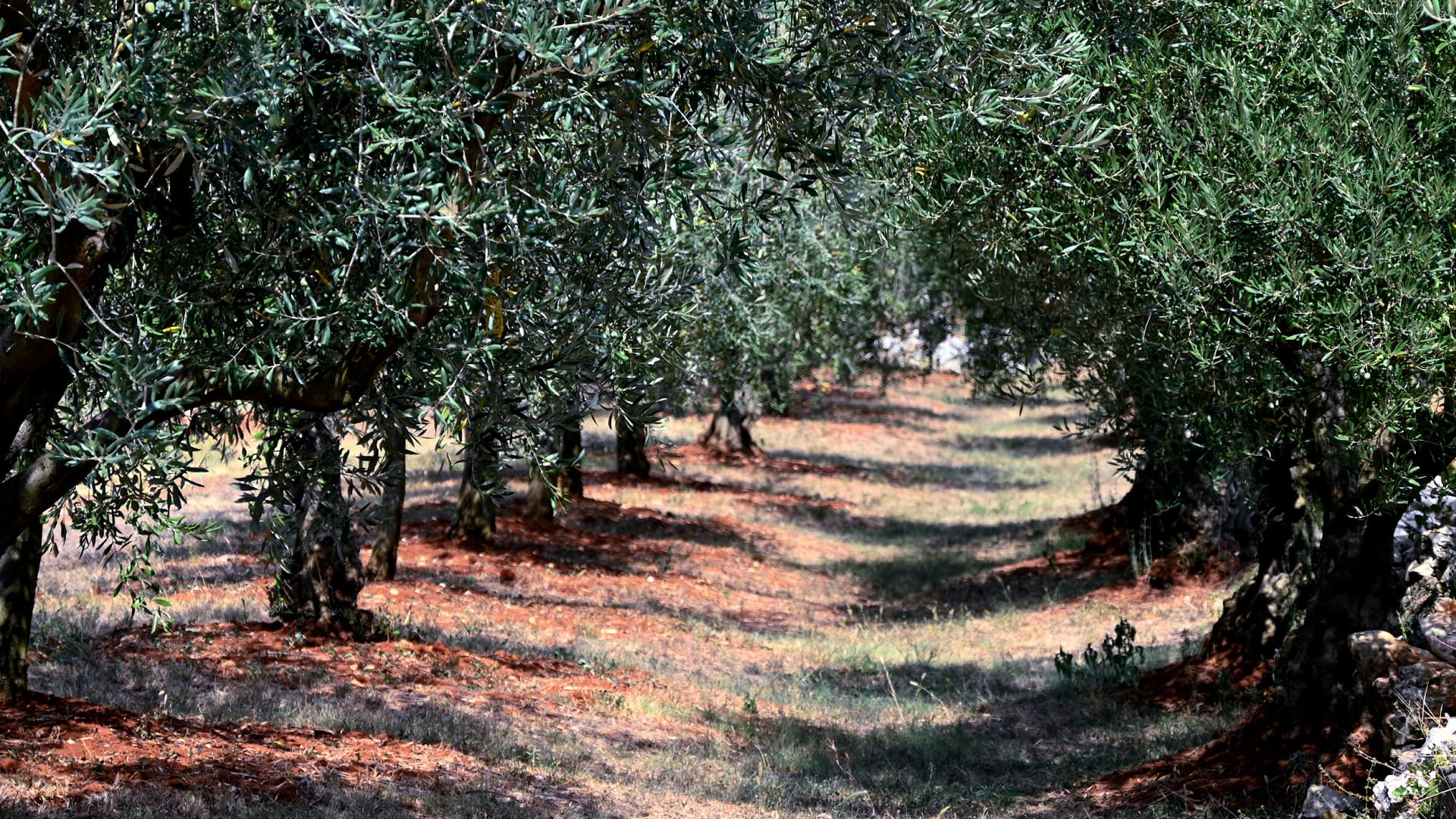
Croatian olive oil prices are on the rise, with the average price reaching €12.50 per kilogram in April 2025, significantly higher than the European Union average. Istrian olive oils are often more expensive due to factors such as intensive manual labor, strict quality standards, and limited growing conditions, but consumers are willing to pay higher prices for premium quality oils.
The latest data released by the Croatian Ministry of Agriculture confirms that olive oil prices in the country are once again on the rise.
According to the ministry’s official figures, the average price of one liter of extra virgin olive oil was €11.40 in April 2025 (approximately €12.45 per kilogram).
In the same month, the ministry recorded prices ranging from €3.96 per kilogram in Spain to €9.55 per kilogram in Italy.
See Also:Discounted Olive Oil Offers in Italy Spark Concerns Over Quality, Fair PricingIn April 2025, while the average price in the European Union was €6.13 per kilogram, Croatian olive oil reached €12.50 per kilogram, 104 percent higher. This marks an 18 percent increase compared to the previous month.
The ministry also noted that the April 2025 price is nearly identical to the one recorded in April 2024.
After a year of fluctuations, Croatian olive oil prices are rising again, continuing a trend seen in recent years.
On average, the wholesale price in 2024 was 23 percent higher than the previous year, 50 percent higher than in 2022 and 73 percent higher than in 2021.
In 2020, the average retail price of packaged olive oil in Croatia was €5.47 per liter. It rose to €5.75 in 2021, €6.74 in 2022, €8.83 in 2023 and reached €12 in 2024.
According to ministry graphs, Croatian olive oil has consistently been priced well above that of other major producing countries in the European Union.
The ministry attributed this to several factors, including growing consumer awareness of quality products.
Other drivers include international market trends and the volume of local olive oil production. Imports are playing an increasingly important role in shaping market prices.
Data from the International Olive Council shows that Croatia has produced an average of almost 4,000 metric tons of olive oil annually over the past five years, while yearly consumption exceeds 8,000 tons.

Beatrix and Rudolf Nemetschke (Photo: Avistria)
“There are several reasons why Istrian olive oils are often more expensive than many other European olive oils,” Rudolf Nemetschke, managing director at Avistria, an award-winning producer, told Olive Oil Times.
Referring specifically to Istria, Croatia’s northwesternmost region, Nemetschke explained that most producers manage small, family-owned plots that require intensive manual labor and face higher costs.
“Due to topography, mechanization is often limited,” Nemetschke said.
Much Istrian olive oil is produced under European Union Protected Designation of Origin and Protected Geographical Indication certifications, which require strict quality standards.
“Istria’s microclimate, shaped by the Bora wind, sunshine, limestone and red soil, creates ideal conditions for top-quality oils,” Nemetschke said.
“This leads to intense, complex flavors highly valued in the market. Such unique growing conditions are limited and therefore more expensive,” he added.
Nemetschke also noted that Istrian oils are mainly exported to niche markets, such as gourmet shops and high-end restaurants, which affects distribution costs.
Another factor is labor. “Labor is expensive and scarce in Istria, where the booming tourism industry has absorbed most of the available workforce,” Nemetschke said.
Although mills in the region now utilize advanced equipment, these investments are relatively recent and still impact operating costs.
“This might also put some pressure on the price level,” Nemetschke said.
Additional challenges are shared with producers across Europe.
“Glass prices have risen dramatically in recent years. The cost of bottles has more than doubled, and small producers suffer most since glass prices are degressive,” he said, where the cost per unit decreases as the quantity purchased increases.
Nemetschke believes that higher prices can influence how consumers perceive the quality of olive oil.
“Many consumers associate a higher price with better quality, especially for gourmet or specialty products like olive oil,” he said. “For Istrian producers, higher prices help position the oil as a luxury or artisanal product.”
However, high prices can also act as a barrier. “If premium oils are positioned only as luxury items, it might alienate average consumers who feel excluded from good olive oil,” Nemetschke warned.
“Higher prices can definitely raise awareness, but only if producers combine them with smart consumer education,” he added.
This includes transparent labeling, featuring harvest date, variety and polyphenol content, as well as tastings, workshops and storytelling about terroir, family production and awards.
“All of these help consumers understand why high-quality olive oil costs more, and why it’s worth it,” Nemetschke said.
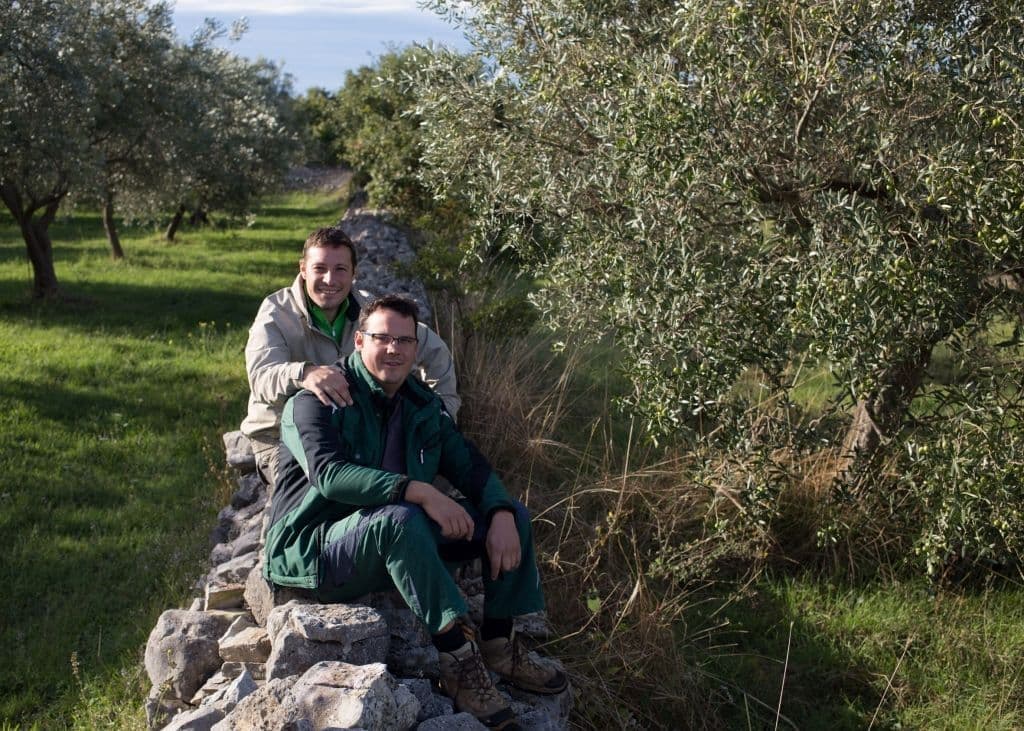
Tedi and Sandi Chiavalon (Photo: OPG Chiavalon)
Tedi Chiavalon, co-owner of the award-winning Istrian producer OPG Chiavalon, noted that market prices alone rarely offer an accurate picture.
“I find the use of the terms ‘high’ or ‘low’ price often misleading in the olive oil world, because we are rarely comparing products of the same category or quality,” Chiavalon said.
He believes the focus should shift from price and origin to the actual quality of the oils.
“Under the ‘extra virgin’ label, the market offers everything from low-grade industrial oils to small-batch, early-harvest artisanal oils,” he said.
“Comparing their prices is like comparing a diamond to a piece of gravel: both may come from the earth, but they’re fundamentally different in value.”
Chiavalon argues that a product is not overpriced if it sells consistently.
“A product becomes ‘too expensive’ only when buyers are no longer willing to pay for it, and it remains unsold,” he said. “In our case, the exact opposite is happening: tanks are empty well before the new harvest. The demand for premium extra virgin olive oil continues to grow exponentially, year after year.”
“For consumers who seek truth, purity and traceability, the price is not a deterrent. It’s part of the value proposition,” Chiavalon said. “Yes, some may adjust their purchasing habits, but those committed to real food will continue to seek out honest oils, even if they cost a little more. In that sense, price becomes an indicator, not a barrier.”
Chiavalon said this trend is not limited to Croatia.
“It applies to all genuinely crafted, small-batch extra virgin olive oils, regardless of origin,” he said. “These oils are becoming increasingly rare as climate challenges grow and industrial production expands.”
In Chiavalon’s view, the prices of high-quality extra virgin olive oils will remain high or rise even more.
“Not because they’re marketed as premium, but because they are fundamentally different from the mass-market alternatives they are too often lumped together with,” he concluded.



